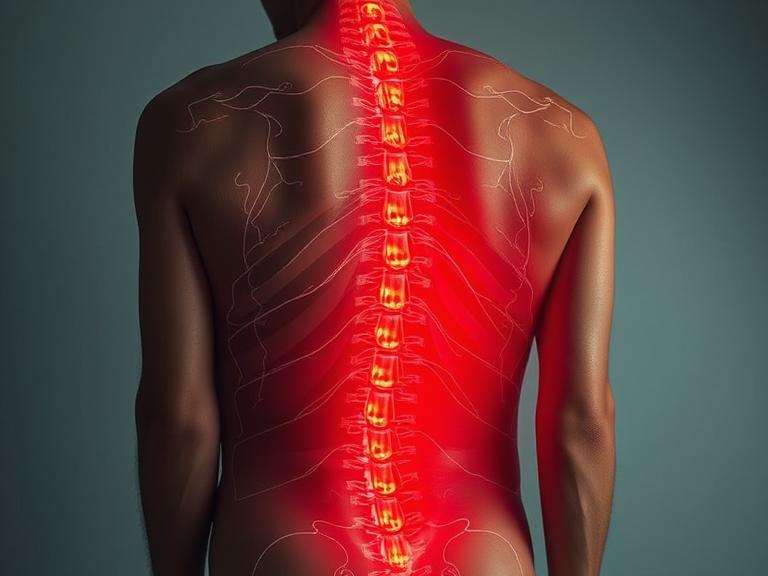Understanding the Challenge: Diagnosing Abdominal Pain with No Known Cause
Experiencing abdominal pain with no known cause can feel overwhelming. Pain in the abdomen may range from mild discomfort to sharp, severe cramping. Sometimes, even after several medical visits, the exact reason remains unclear. That’s because the abdomen houses multiple organs—stomach, liver, pancreas, gallbladder, intestines, kidneys—making it difficult to pinpoint the root cause immediately.
When no obvious explanation exists, doctors use a structured diagnostic process involving history-taking, physical examination, laboratory testing, imaging, and sometimes specialized procedures.

Initial Evaluation: Your First Step to Answers
The process begins with a detailed medical history and a physical examination.
- History-taking: The doctor will ask questions about the onset, type, location, and duration of the pain. Does it worsen after eating? Does movement affect it? Are there associated symptoms such as nausea, diarrhea, or fever?
- Physical exam: The doctor checks for tenderness, swelling, rigidity, or abnormal sounds in the abdomen. Certain signs, like guarding or rebound tenderness, may suggest appendicitis or peritonitis.
This early evaluation guides which tests for abdominal pain with no known cause should follow.
Laboratory Tests: The First Line of Investigation
If the cause isn’t clear from examination, blood and urine tests are usually the next step. Common options include:
- Complete Blood Count (CBC): Helps detect infection, anemia, or inflammation.
- C-Reactive Protein (CRP) & ESR: Indicate inflammation inside the body.
- Electrolytes, Kidney Function, Blood Glucose: To rule out metabolic or renal problems.
- Liver Function Tests (LFTs): Check for liver or gallbladder issues.
- Amylase and Lipase: Evaluate pancreatic health.
- Urinalysis: Detects urinary tract infection or kidney stones.
- Pregnancy Test: Essential for women of reproductive age to rule out ectopic pregnancy.
- Stool tests (like Fecal Calprotectin): May help detect intestinal inflammation.
These results help narrow down the possible causes behind unexplained abdominal pain.
Imaging: Seeing What Lies Beneath
If lab tests don’t reveal a clear answer, doctors may recommend imaging studies:
- Ultrasound: A non-invasive scan often used to evaluate gallstones, kidney problems, or pelvic disorders.
- CT Scan with Contrast: Considered one of the most accurate methods to detect appendicitis, diverticulitis, bowel obstruction, or internal bleeding.
- MRI: Provides detailed images, often recommended for pregnant women to avoid radiation exposure.
Imaging allows doctors to visualize internal organs and detect abnormalities not visible through blood work.
Specialized Diagnostic Techniques: Digging Deeper
If pain persists and remains unexplained, further investigations may be needed:
- Endoscopy or Colonoscopy: To check for ulcers, inflammatory bowel disease, or tumors.
- HIDA Scan: Used when gallbladder disease is suspected but ultrasound is unclear.
- Carnett’s Sign Test: Helps determine whether the pain originates from the abdominal wall or internal organs.
- Vascular Imaging: Sometimes done if rare conditions like abdominal blood flow problems are suspected.
These specialized tests are reserved for persistent or complex cases of abdominal pain with no known cause.
Why Some Causes Remain Hidden
Even after extensive testing, some cases remain undiagnosed. Possible reasons include:
- Functional Disorders: Conditions like Irritable Bowel Syndrome (IBS) or functional dyspepsia often cause pain without structural abnormalities.
- Early-Stage Disease: Early appendicitis or gallbladder disease may not show up on initial tests.
- Muscle or Nerve Pain: Pain may come from strained abdominal muscles or nerve irritation.
- Psychological Factors: Stress, anxiety, or depression can also amplify abdominal discomfort.
In these cases, follow-up monitoring becomes essential.
Step-by-Step Diagnostic Workflow
When facing abdominal pain with no known cause, doctors often follow this approach:
- History & Physical Exam – Evaluate pain pattern and red flags.
- Basic Labs – CBC, CRP, LFTs, kidney function, urinalysis, pregnancy test.
- Imaging – Start with ultrasound; proceed to CT or MRI if needed.
- Specialized Tests – Endoscopy, colonoscopy, or functional scans if the problem persists.
- Observation & Follow-up – Monitor symptom progression or resolution.
When to Seek Emergency Medical Care
Even if the cause is unclear, some symptoms signal the need for urgent care:
- Severe and worsening abdominal pain.
- Pain with fever, vomiting, or fainting.
- Blood in stool, vomit, or urine.
- Unexplained weight loss.
- Persistent bloating or loss of appetite.
These red flags may indicate life-threatening conditions such as appendicitis, perforated ulcer, or intestinal obstruction.
Self-Care and Lifestyle Considerations
While waiting for test results or if the pain is mild, you can consider supportive measures:
- Diet: Avoid heavy, fatty, or spicy foods until diagnosis.
- Hydration: Drink enough water to prevent dehydration.
- Rest: Give the body time to recover.
- Stress Management: Relaxation techniques may help if the pain is stress-related.
But these are only temporary measures—never replace professional medical evaluation.
Summary Table: Tests for Unexplained Abdominal Pain
| Diagnostic Step | Purpose |
|---|---|
| History & Physical Exam | Identify pattern, location, severity |
| Lab Tests | Detect infection, inflammation, organ issues |
| Imaging (Ultrasound/CT/MRI) | Visualize internal organs & structural problems |
| Endoscopy/Colonoscopy | Direct visualization of digestive tract |
| Special Tests (HIDA, Carnett’s, Vascular) | For rare or functional causes |
| Follow-Up | Track evolving conditions |
Conclusion
Finding the exact cause of abdominal pain with no known cause can be a complex process. From simple blood tests to advanced imaging, each step brings doctors closer to identifying the problem. However, some cases remain unexplained due to functional disorders, early-stage disease, or stress-related issues.
The best approach is persistence—regular follow-ups, monitoring for red flags, and working closely with your healthcare provider. Remember, unexplained pain should never be ignored, as timely intervention can prevent serious complications.



